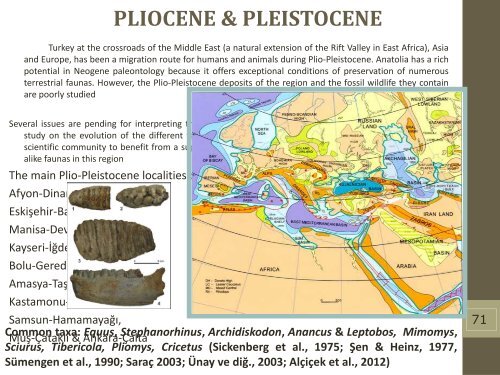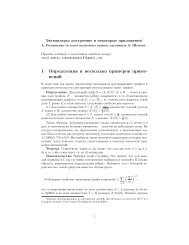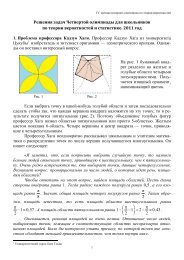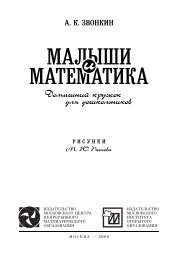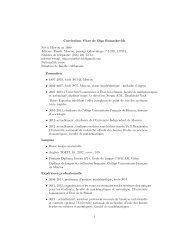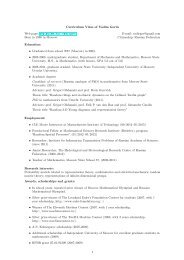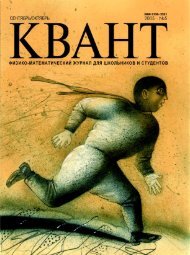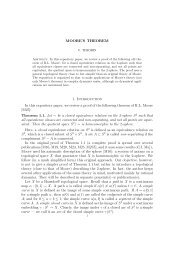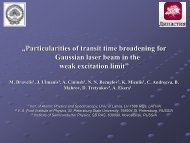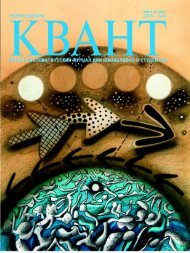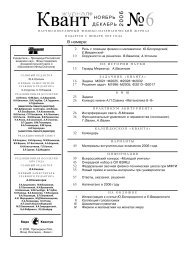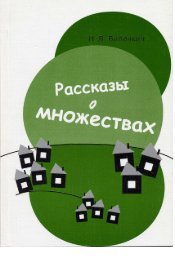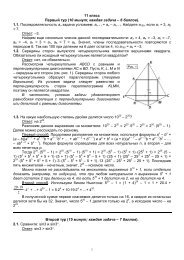You also want an ePaper? Increase the reach of your titles
YUMPU automatically turns print PDFs into web optimized ePapers that Google loves.
PLIOCENE & PLEISTOCENETurkey at the crossroads of the Middle East (a natural extension of the Rift Valley in East Africa), Asiaand Europe, has been a migration route for humans and animals during Plio-Pleistocene. Anatolia has a richpotential in Neogene paleontology because it offers exceptional conditions of preservation of numerousterrestrial faunas. However, the Plio-Pleistocene deposits of the region and the fossil wildlife they containare poorly studiedSeveral issues are pending for interpreting the different migratory paths of large mammals in Anatolia. Thestudy on the evolution of the different taxa collected in the regarding Plio-Pleistocene faunas allow thescientific community to benefit from a supplementary reference of the installation of the different and/oralike faunas in this regionThe main Plio-Pleistocene localities of Turkey are:Afyon-Dinar-Akçaköy & Gülyazı,Eskişehir-Babadat,Manisa-Develi & Yağmurlu,Kayseri-İğdeli,Bolu-Gerede-Tozaklar;Amasya-Taşova,Kastamonu-Ortalıca,Samsun-Hamamayağı,CommonMuş-Çataklıtaxa:& Ankara-ÇaltaEquus, Stephanorhinus, Archidiskodon, Anancus & Leptobos, Mimomys,Sciurus, Tibericola, Pliomys, Cricetus (Sickenberg et al., 1975; Şen & Heinz, 1977,Sümengen et al., 1990; Saraç 2003; Ünay ve diğ., 2003; Alçiçek et al., 2012)71


